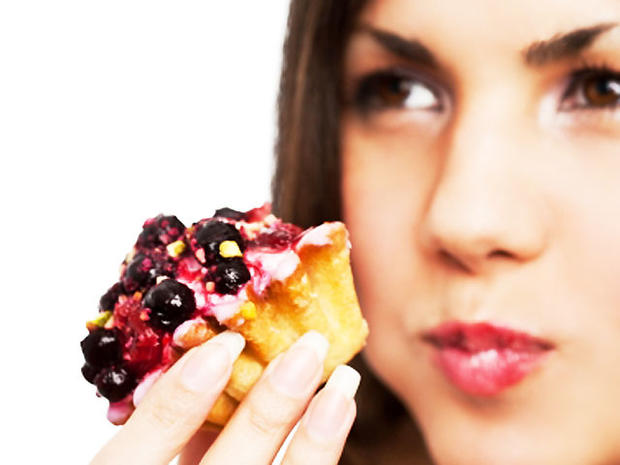Trans Fat Food Labels: Are Consumers Being Misled?
(CBS) Quick: Have you already exceeded the daily recommended limit for trans fat intake today?
Answer: You probably have no idea.
Although the snack you bought out of the machine may read "zero trans fat," zero doesn't necessarily mean zero.
FDA policy allows a serving of food that contains less than 0.5 g of trans fat to claim to contain none at all. Eric Brandt, a researcher and medical student at Case Western Reserve University School of Medicine, is calling for a change in that policy.
Brandt wants the public to "get the accurate, science-based information they need to use medicines and foods to maintain and improve their health," he said in a statement released by Case Western.
Research shows that increasing daily trans fat consumption from 2 g to 4.67 g would increase one's risk of cardiovascular disease by 30%.
According to current law, foods containing more than 0.5 g of trans fat must say so. But if a snack contains, for example, 0.49 g of trans fat, it can be labeled to indicate that it contains none at all.
If these numbers seem small, consider that the maximum recommended daily intake of trans fat is just 1.11 g. You could exceed that amount by eating just three servings of "zero trans fat" snack food.
FYI - trans fats, partially hydrogenated oils, are created through a chemical process that turns vegetable oil solid. They don't spoil easily, so they extend the shelf life of cookies, crackers, chocolates, and other processed foods, including some margarines and vegetable shortenings. Too bad they are so bad for your heart.
Brandt made his case in the January/February 2011 issue of the American Journal of Health Promotion.
MORE HEALTH CONTENT FROM CBS NEWS
